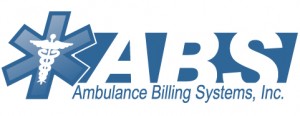What It Takes to Be an Emergency Medical Technician
Working as an emergency medical technician is definitely not for everybody. When the concept of emergency medical services first started, many EMTs were volunteers. These days, however, the field has been, to a great degree, formalized, and EMTs need to undergo extensive training before they are allowed to practice their job.
If you are thinking about becoming an emergency medical technician, you should first ask yourself whether you are truly passionate about helping other people. This field is extremely demanding and so it is imperative that anyone who gets into this field is truly committed to the work they will have to do.
Although the actual certification procedure varies from state to state, the overall trajectory is common to all states. Firstly, you should realize that you don’t need to become an emergency medical technician to save lives. A simple CPR certification that takes no longer than three hours could equip you with the necessary skills to save somebody someday. You can also join some local fire departments as a volunteer, without actually being a certified EMT.
If you are looking to become an emergency medical technician, you should look up a list of authorized instructors and training institutes that can provide you with the necessary training. Many people commute to different counties for their EMT training because different facilities offer different courses, and boast differing levels of flexibility.
Once you are enrolled in EMT training, you will be required to put in time every week to ride along in an ambulance so that you can get some practical experience of what life is like as an emergency medical technician. Some training centres require you to put in time on a simulator that put you in real life emergency situations and give you a practical chance to put your skills to test.
Your final goal should be to pass the National Registry EMT test so that you have the necessary certification to administer emergency medical care to people in need. The test normally consists of both a written test and a practical exam. A physical examination is also required in most states.

